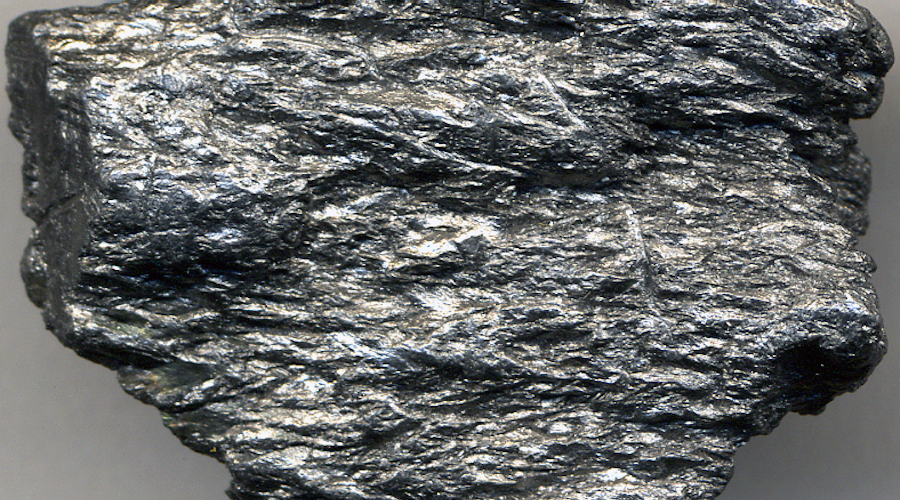New observations of graphite’s surface key for Li-ion battery performance

Researchers based at Japan’s National Institutes of Natural Sciences have detailed new observations of the surface state of graphite using a newly developed photoelectron spectroscopy machine combined with an electron microscope.
This is the first time a spectroscopic study accurately measures the electronic states of the surface and the edge of graphite from a microscopic point of view. This is important because the improvement in lithium-ion battery performance depends largely on the control of the characteristics of the graphite at the tip.
“In this study, we report the microscopic observation of three-fold symmetric graphite surface states coupled with bulk kz dispersed π bands,” said Fumihiko Matsui, co-author of the Physical Review B paper presenting the research. “The finding highlights the relevance of considering surface effects in bulk intrinsic electronic state measurements. The question we address is: how accurate can we measure the intrinsic bulk kz dispersion?”
Matsui explained that crystalline structures like graphite have energy bands in what is known as a band structure. In addition to the inherent bulk band structure, there is a special electronic structure on the surface of the material, which is called the surface state.
But macroscopic measurements tend to average and unrecognize the various fine structures on the surface. In the worst case, this conventional measurement technique can lead to ignoring surface states and misinterpretation of bulk-specific electronic properties.
This is where photoelectron momentum-resolved spectro-microscopy comes in. This technique allowed the researchers to see how the surface states interacted with the bulk bands and succeeded in imaging single-atom height steps on a graphite surface. Understanding both the surface state and band structures of graphite can help understand its electrical properties as well.
In their article, the scientists explain that graphite is a crystalline form of carbon that is made up of many layers. Each individual layer of graphite, called graphene, is structured in a hexagonal honeycomb. The way these layers stack on top of each other affects the type of electronic band structures that are found in graphite.
“Graphite crystals with an ABAB-type stacking structure are six-fold symmetric around the z-axis, whereas a surface with one type of termination is three-fold symmetric,” Matsui said.
When Matsui and his team looked at the dispersion of the kz band at the micrometre scale, they found that the combination of this six-fold structure and the three-fold structure eliminated degeneracy of the π band and the symmetry was reduced.
“In this study, we have succeeded in characterizing the effect of such a coupling in a surface geometry with broken symmetry,” Matsui said. “The observed bulk dispersion differs from the discrete electronic states of several layers of graphene, meaning that the measurement is also sensitive to the bulk electronic states from much deeper than the mean free path length of the emitted electrons.”
“Moreover, the kz dispersion bandwidth is affected by the coupling with the surface electronic state, as shown in this study. The accuracy and resolution of kzdispersion bandwidth determination are limited by the electron attenuation length, especially when the surface resonance state couples with the bulk kz-dispersed band.”
Looking ahead, the scientist believes more theoretical research is needed to understand how these different structures work together.
{{ commodity.name }}
{{ post.title }}
{{ post.date }}



Comments